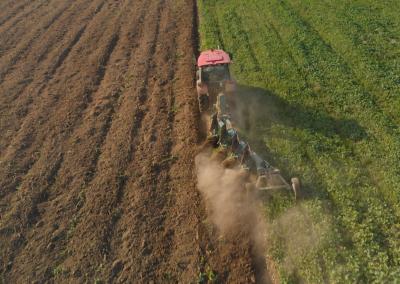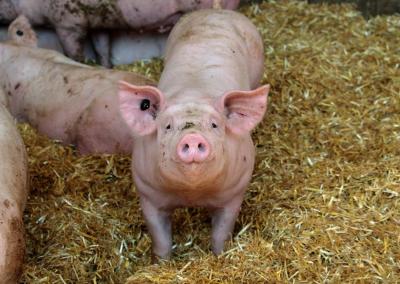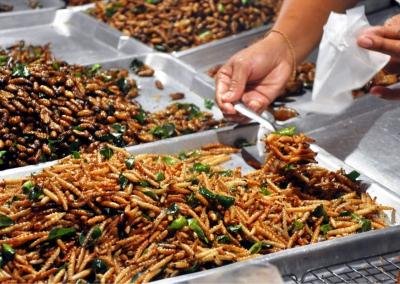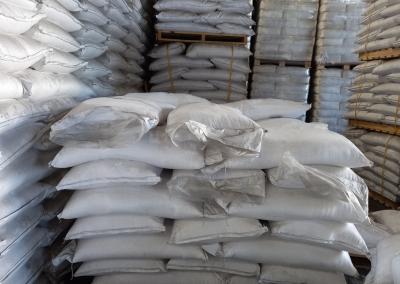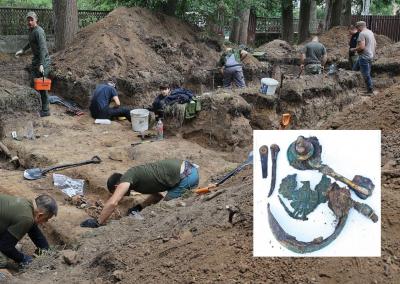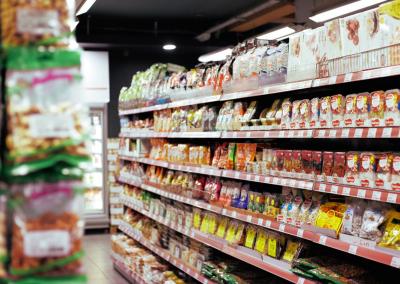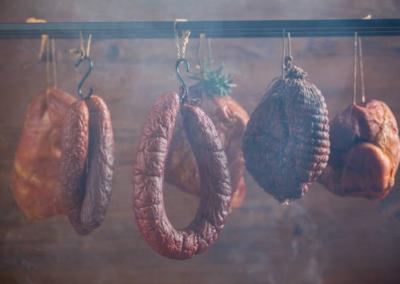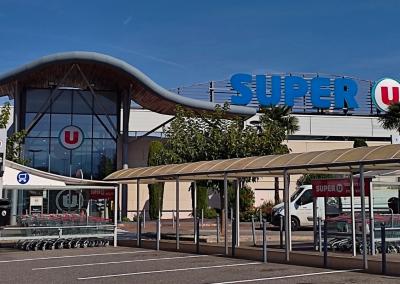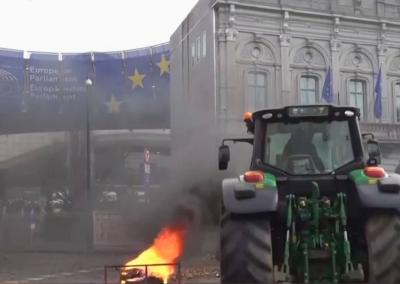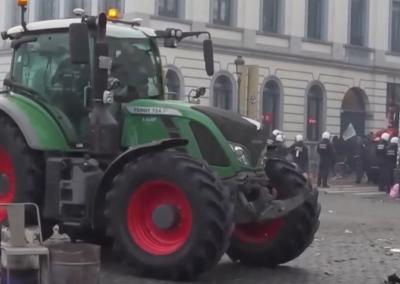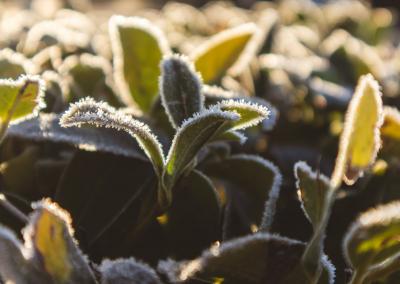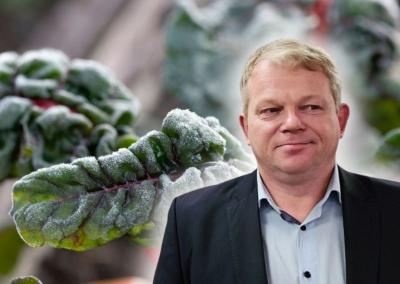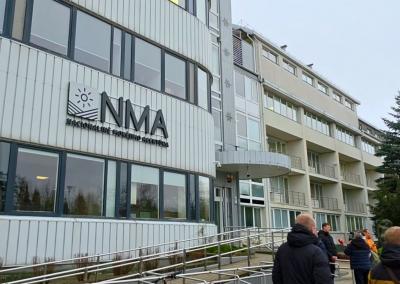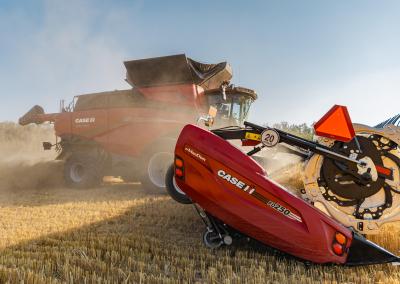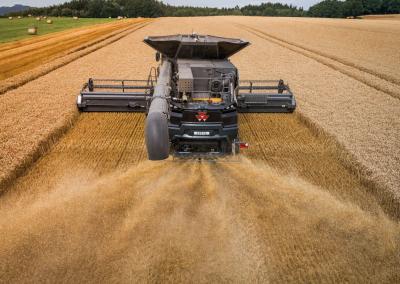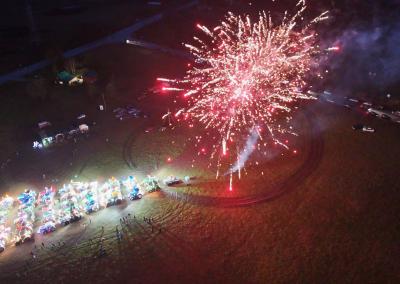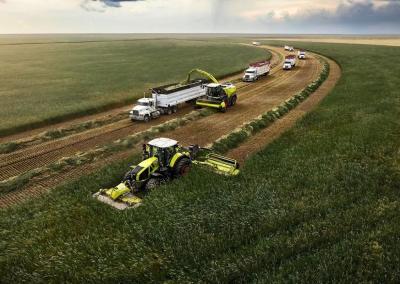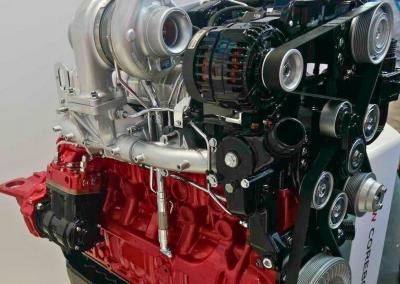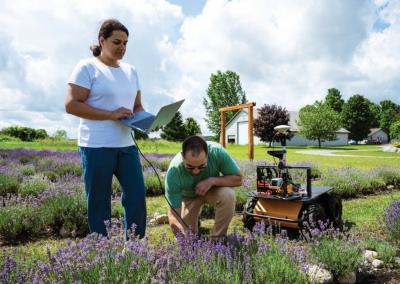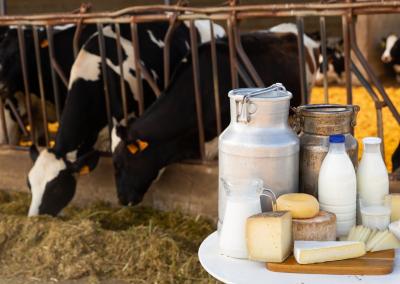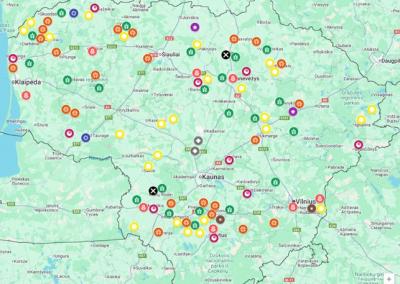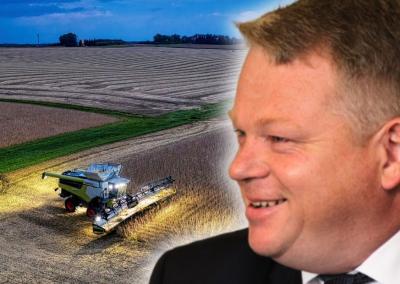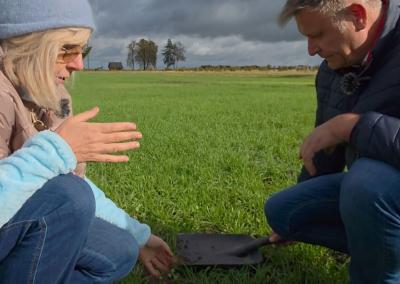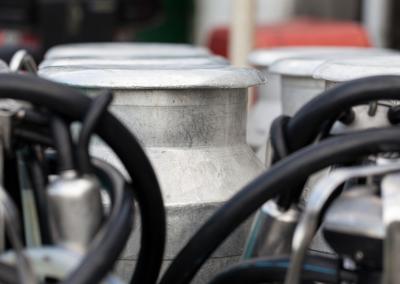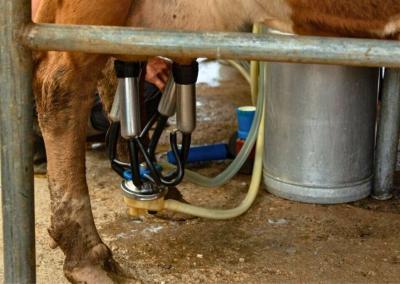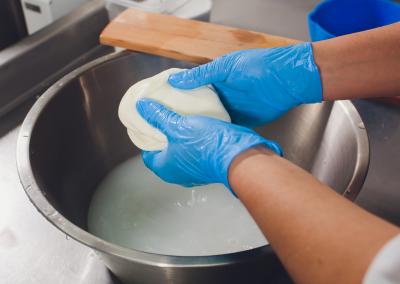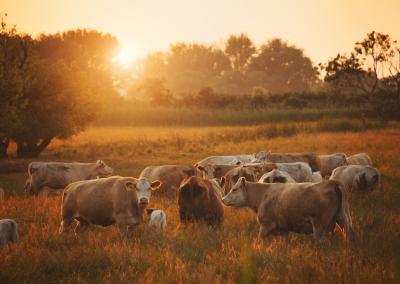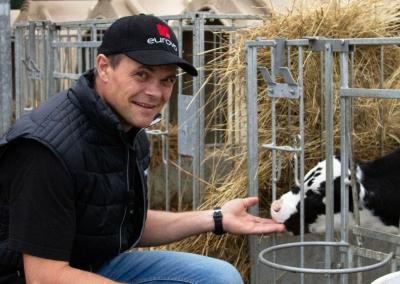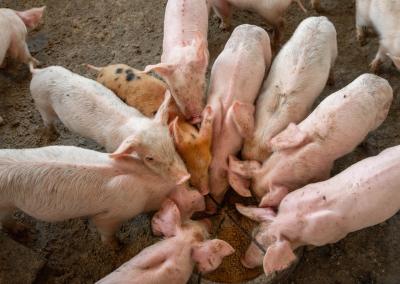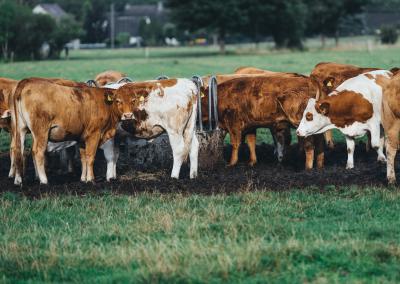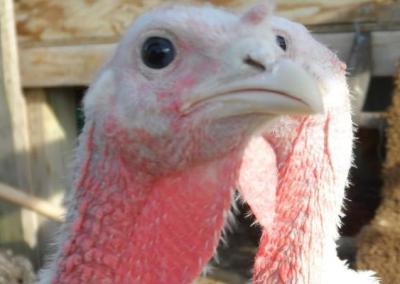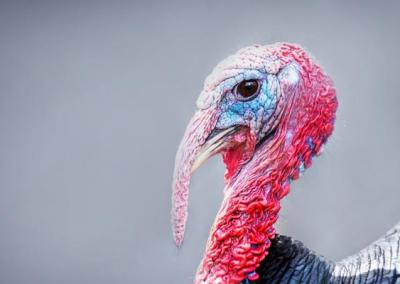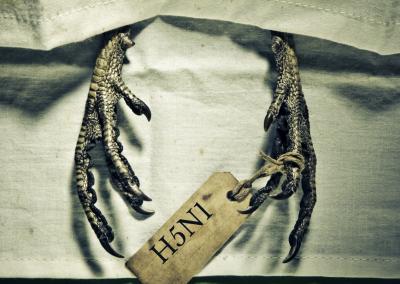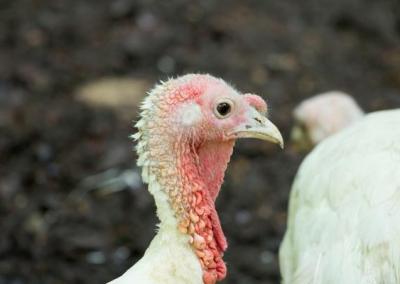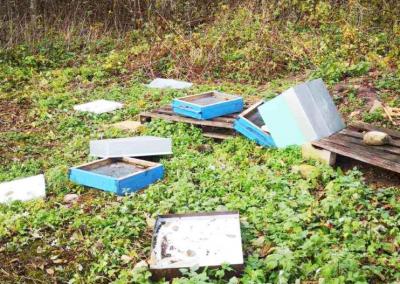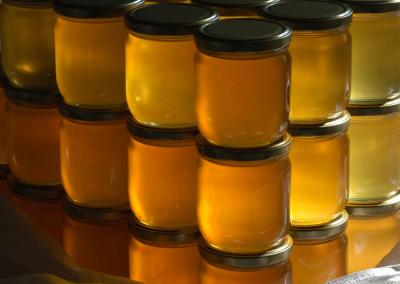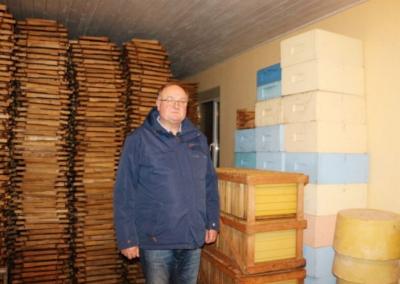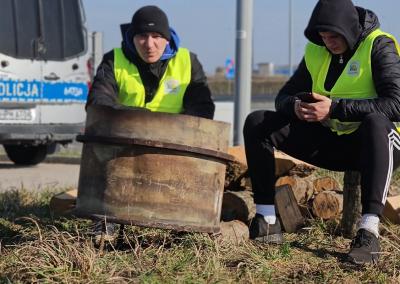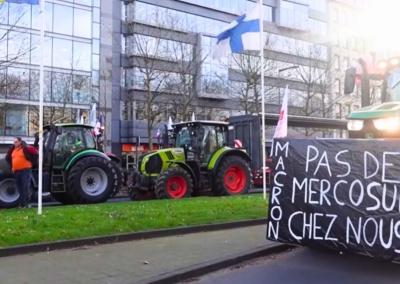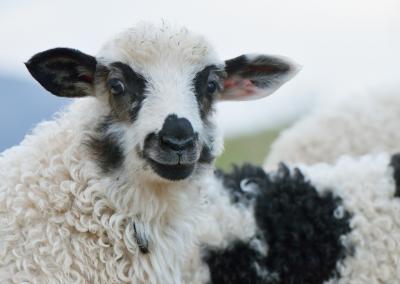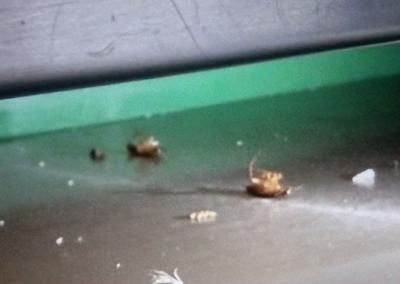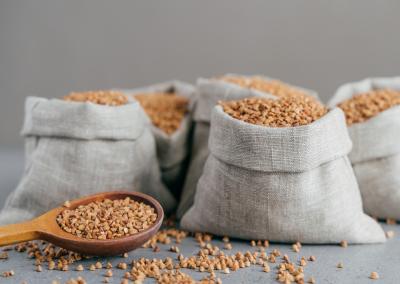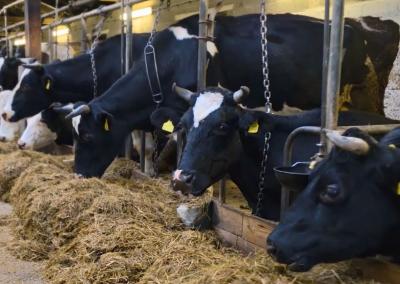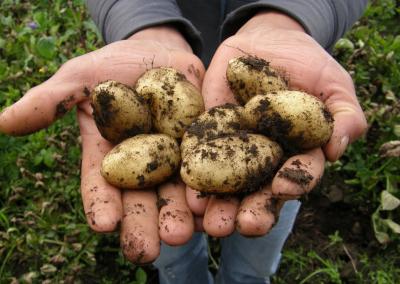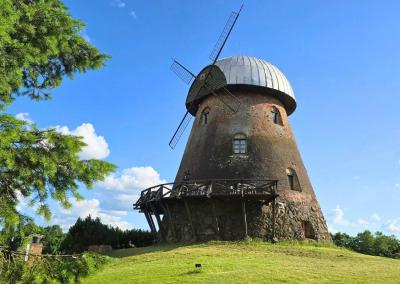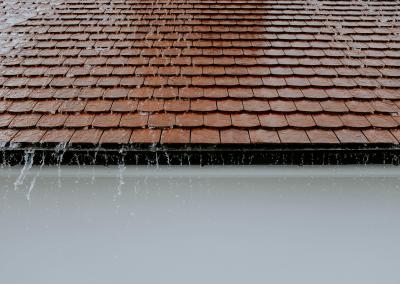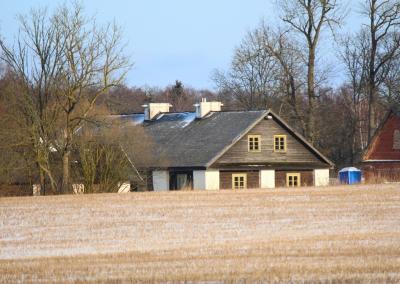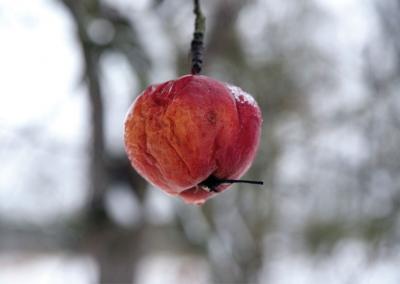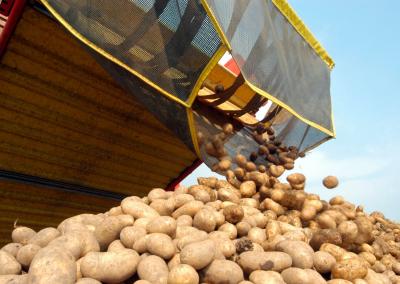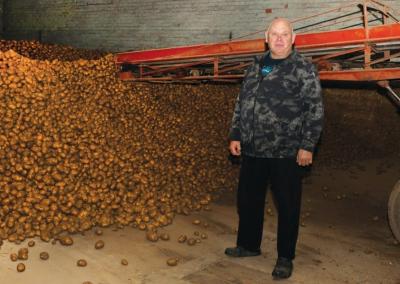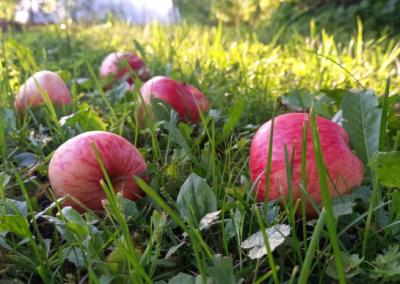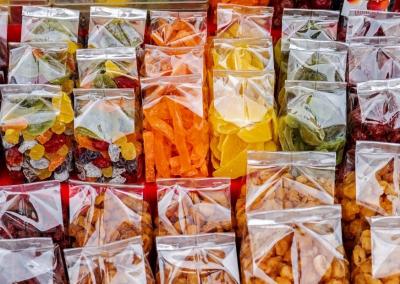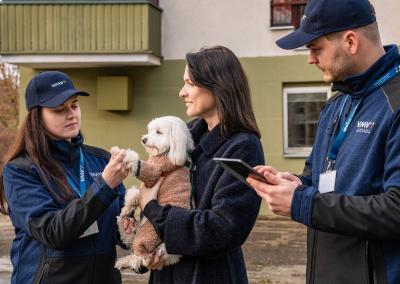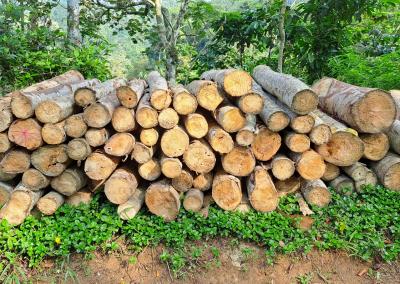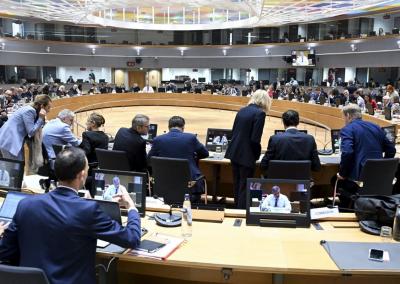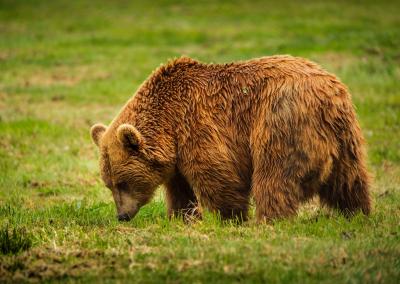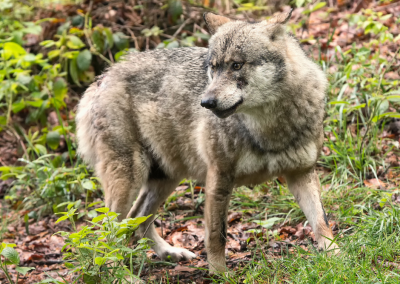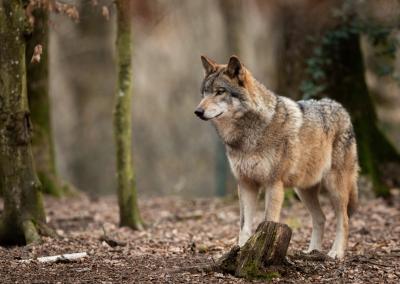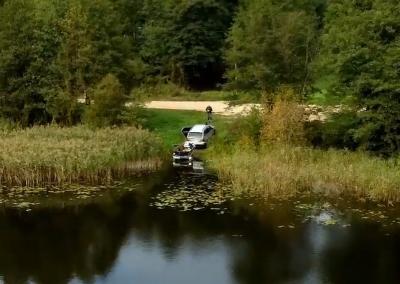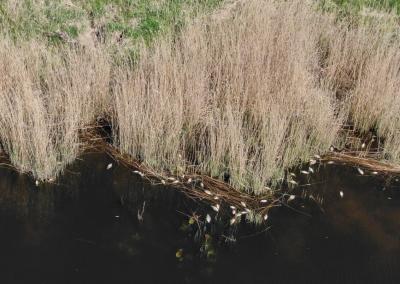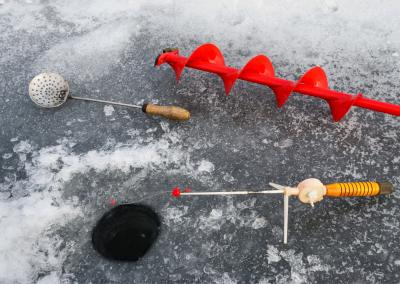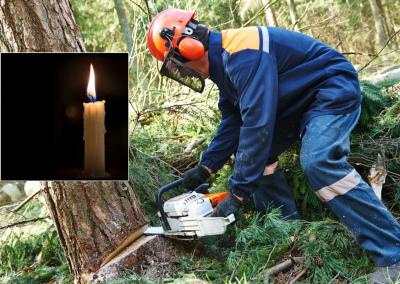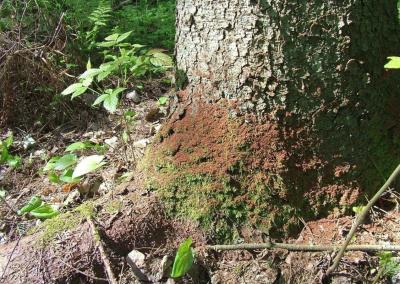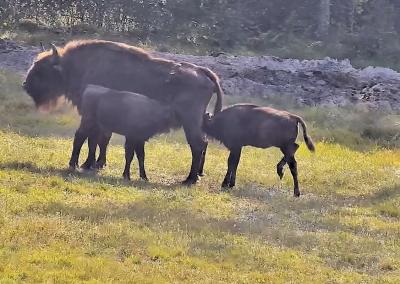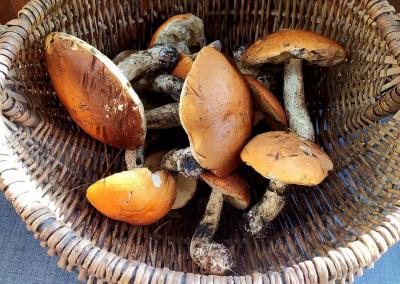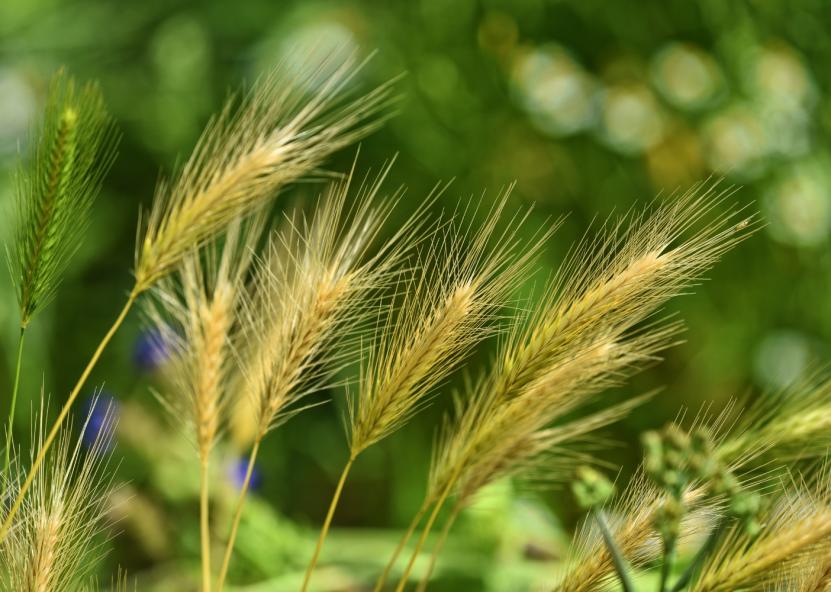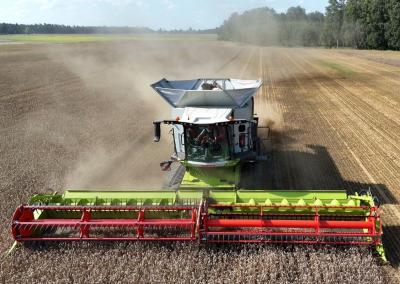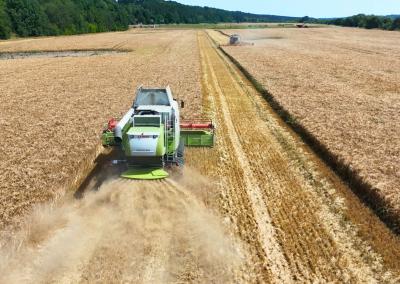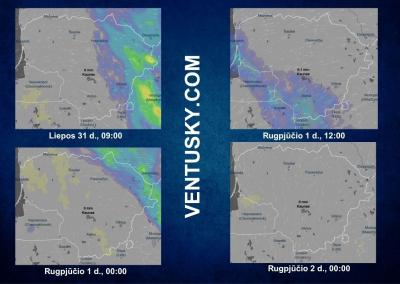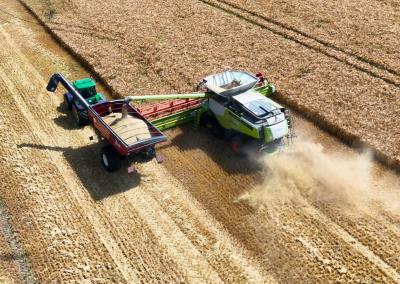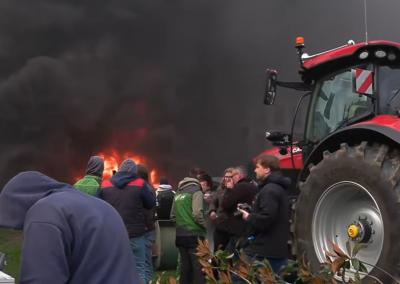Farmers expect a good barley harvest this year
Audrius Vanagas, Chairman of the Lithuanian Association of Cereal Growers, expects this year's barley harvest to be better than the average of the last five years, even though it is being cultivated later than usual this summer. According to Arūnas Svitoy, President of the Chamber of Agriculture, barley harvesting is still hampered by heavy rains in some regions.
„In the areas where threshing is taking place now, there has been no major frost effect and the harvest does not look bad. The initial assessment is that farmers are not too disappointed with the upcoming harvest. This is the average for, say, five years, maybe a little higher. (...) Compared to last year's harvest, this year will be better, I have no doubt. The summer is favourable for the ripening of the crop, the spring crop looked worse, but it depends on the farm and the varieties. Winter barley is more susceptible to overwintering, unlike oilseed rape and wheat," Vanagas told BNS.
This year, combine harvesters have been out in the fields about a week or two later than usual, threshing the fastest-maturing winter barley.A. Vanagas stresses that the abundance of the crop will depend on the weather conditions.
„We haven't had a summer yet, only this week we have had a warm spell, which is giving a big boost to the ripening of the crop. But with the warmth came tropical weather – it warms up, fries, as well as dries out, then the harvesters start to get ready to go to the fields, but one cloud or another pours down and stops the work“, said the head of the Association of Grain Growers.
Winter barley threshing is still in full swing in the southern and northern regions of the country, Vanag said.
„We are seeing sporadic cases where harvesting is already underway (BNS). In recent years, the southern districts have been threshing at full speed starting on 10 July. I used to go out on 15-17 July myself," he claimed.
Arūnas Svitoy, President of the Chamber of Agriculture, said that the start of barley harvesting in some regions was hampered by rains that prevented the land from drying out.
„You can't drive into the field, you get stuck. In addition, barley and maturity is delayed by a week at least, “, – the head of the Chamber of Agriculture told BNS.
He said large areas of barley had already been cut in both southern and western Europe.
„There is no pressure from other crops, so we can wait for some better weather. We won't go to cultivate other crops for a week or two if it is dry, and maybe three if there is more rain, because we need to get the barley in order in the meantime," Vanagas told BNS.
Barley prices, he said, depend on where in Lithuania the threshing takes place, – it is currently being bought at 130–150 euros per tonne.
A. Vanagas says that this price is not satisfactory for growers, as 5 to 7 tonnes per hectare need to be harvested to cover costs: Only a higher yield would bring a profit.
The average barley harvest between 2014 and 2024 was around 650 000 tonnes. The exceptional years were 2007 and 2014, when more than 1 million tonnes were harvested. The lowest harvest was in 2021 at 500.4 thousand tonnes.
Lithuanian barley exports were less than 10,000 tonnes between 2014 and 2020, but from 2021 they started to grow to 25-47,000 tonnes.
A. Vanagas told BNS that Lithuania does not grow enough spring barley, which is threshed when wheat and rapeseed grain is taken out of the fields, and does not always dispose of the surplus of winter barley grain.
„We bring barley for malting. Winter barley has not been shipped. Last year, for example, the grain was smaller because of the heat. Even Latvian pig farms refused to buy it, because they did not think it was of much value, and they were waiting for spring barley to thresh. But because we didn't get enough of it, we had nothing to offer and they started looking for winter barley again," said the head of the Cereal Growers Association.
Barley threshing usually starts on 10 July and finishes in mid-August.

